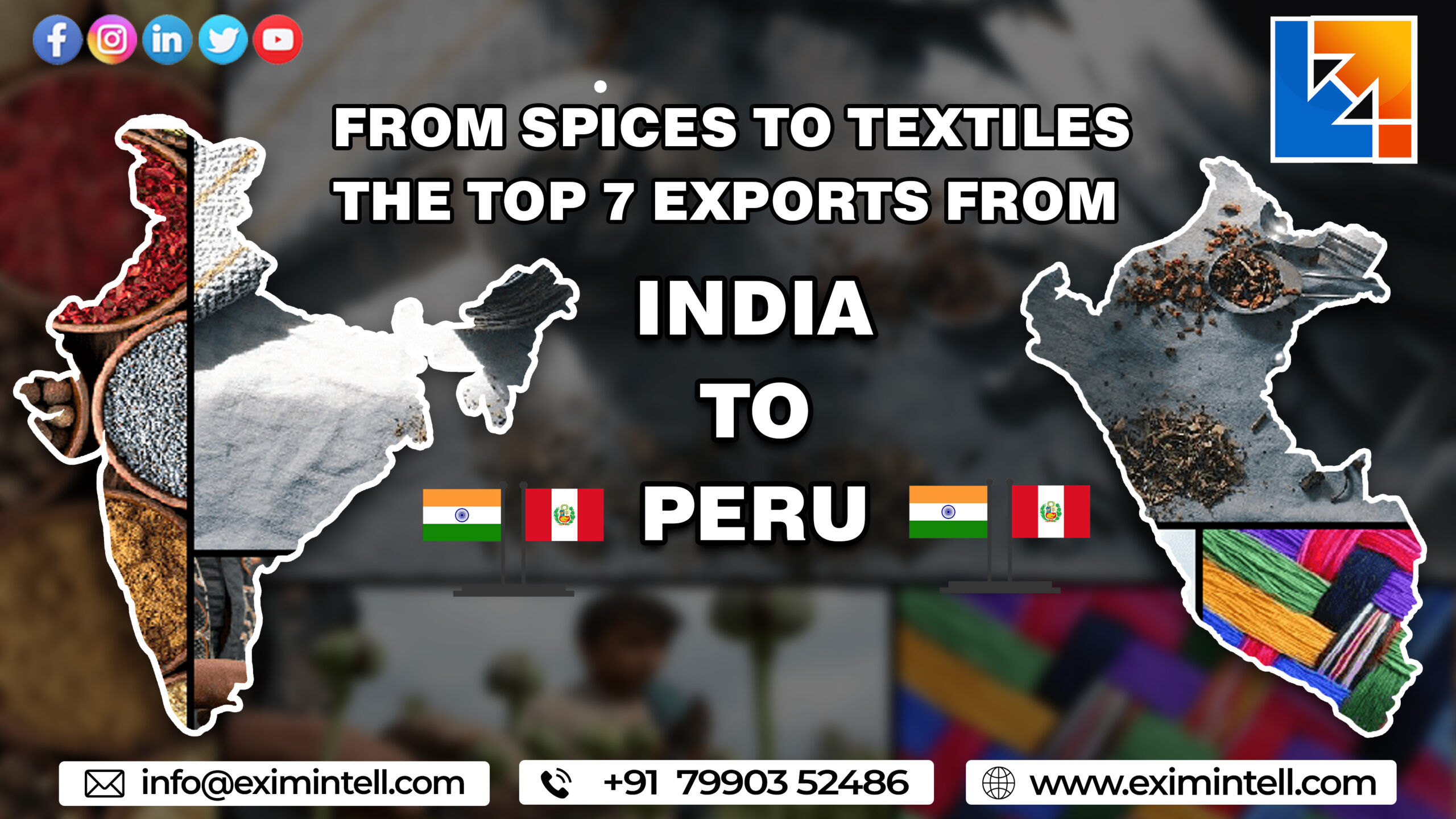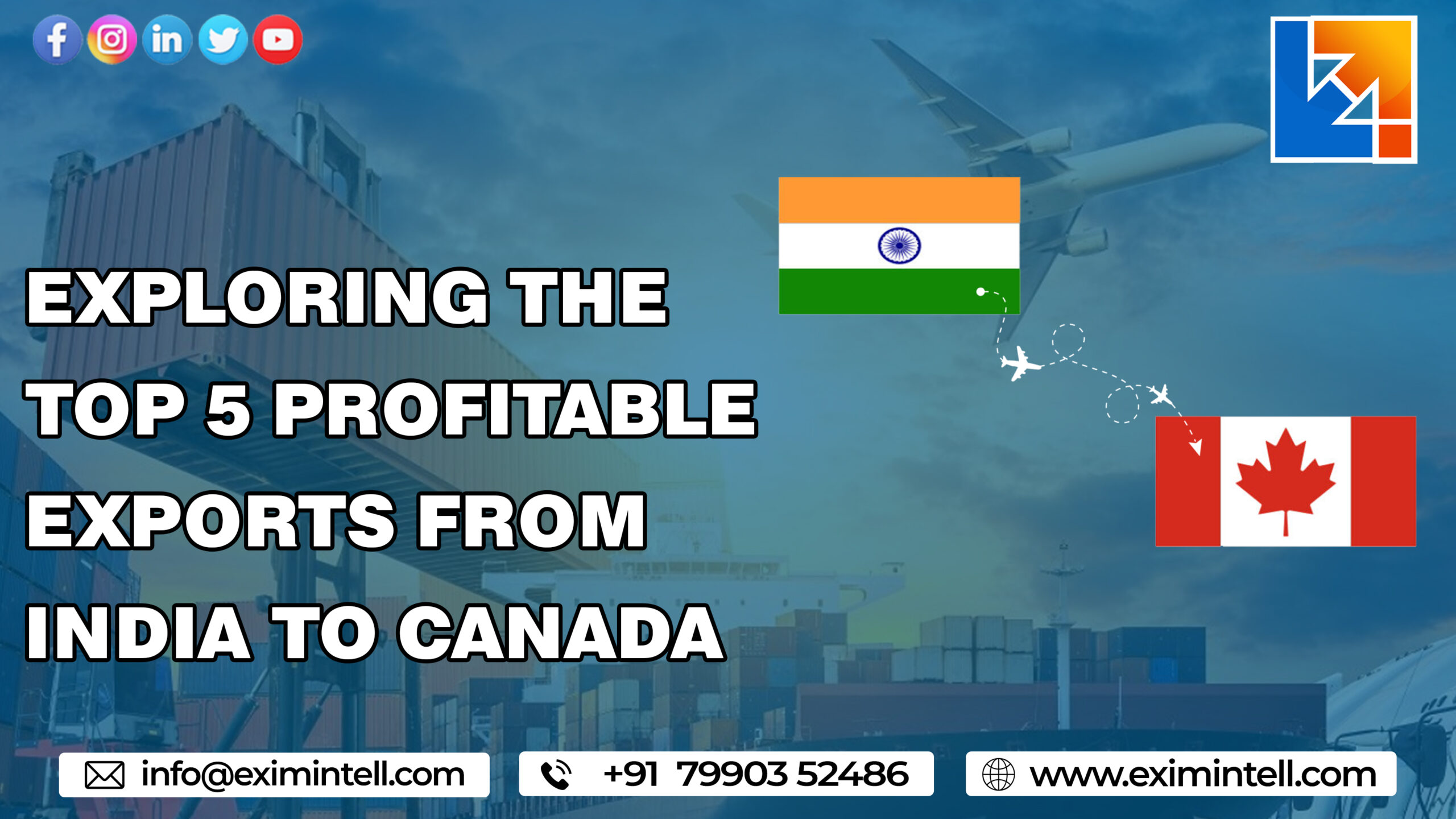Welcome to our blog post on insider tips for successful textile Fabric Exports from India! If you are in the business of textiles and looking to enter or expand your presence in the global market, then you have come to the right place. India has long been hailed as a hotspot for textile manufacturing, with its rich history, diverse range of fabrics, and skilled artisans.
In this article, we will delve into the secrets behind India’s success in textile Fabric Exports and provide you with valuable insights that will help you navigate this lucrative industry with confidence. Get ready to unleash the potential of Indian textiles and boost your export game like never before!
Introduction to Textile Fabric Exports from India
As the world’s second-largest producer of textiles, India’s textile exports are an important part of the country’s economy. To be successful in Fabric Exports from India, it is important to have a good understanding of the Indian textile market and the potential customers for your products.
The Indian textile industry is huge and employs over 45 million people. It is estimated that the industry will grow to $250 billion by 2019. There is a lot of competition in the market, but there are also many growth opportunities. The most popular exports from India are cotton fabrics, wool fabrics, and silk fabrics.
Some insider Tips can help you be successful in textile Fabrics Exports from India:
1) Do your research: It is important to have a good understanding of the Indian textile market before you start exporting. This will help you know what products are in demand and where your products fit into the market.
2) Find a good partner: Having a good partner in India will make exporting much easier. They can help with things like shipping, customs, and marketing your products.
3) Focus on quality: Indian buyers place a high importance on quality. If you can provide high-quality products, you will be more successful in selling to them.
4) Be patient: The process of exporting from India can take some time and it is important to be patient throughout the process.
Benefits of Fabric Exports from India
When it comes to textile Fabric Exports, India is a powerhouse. The country has a long history of producing high-quality fabrics, dating back to the days of the British Raj. Today, India is one of the leading producers of textiles in the world, and its fabrics are in high demand all over the globe.
There are many benefits to Fabric Exports from India. For one, the country has a large and skilled workforce that can produce fabrics at a lower cost than many other countries.
Additionally, India also has a wide range of raw materials and resources available, making it possible to produce a wide variety of fabrics. And finally, India has a large and growing market for textile products, making it an ideal place to sell your fabrics.
If you’re thinking about Fabric Exports from India, there are a few things you should keep in mind to ensure success. First, it’s important to choose the right type of fabric for your market. There are many different types of fabrics produced in India, so it’s important to select those that will be most popular in your target market.
Second, you’ll need to find reliable and reputable manufacturers that can provide you with high-quality fabrics at competitive prices. You’ll need to develop a good marketing strategy to promote your products to generate interest and sales.
following these insider tips will help you successfully Fabric Exports from India and tap into this lucrative market.
Steps for Legal Compliance for Fabric Exports from India
1. Familiarize yourself with the rules and regulations governing textile exports from India. These include the Export (Quality Control and Inspection) Act, 1963; the Foreign Trade (Development and Regulation) Act, 1992; and the Textiles Committee Act, 1963.

2. Make sure your products comply with all applicable quality standards set by the Ministry of Textiles.
3. Get all required licenses and registrations in order before exporting your textile products.
4. Apply for an Export Certificate from the Department of Commerce, which is required for most shipments.
5. Complete all necessary paperwork and documentation accurately and promptly. This includes commercial invoices, packing lists, bills of lading, export declaration forms, etc.
6. Pay attention to labeling requirements when packaging your textile products for export. All labels must be in English and should include important information such as country of origin, fiber content, care instructions, etc.
7. Choose a reliable shipping partner who has experience exporting textile products from India. They will be able to help you navigate the customs process and ensure your shipment arrives safely at its destination.
Regulations and Guidelines on Textile Fabrics Exports from India
When it comes to Fabric Exports from India, there are a few regulations and guidelines that need to be followed to ensure a successful shipment. Below is a rundown of what you need to know:
– All textile Fabric Exports from India must be carried out through an appointed Export House or Trading House registered with the Textile Commissioner.
– A Shipping Bill/ Bill of Exporting must be filed with the Customs authority at the port of exit.
– The value of the shipment should be declared correctly and accurately to avoid any delays or issues at customs.
– All textile fabric shipments from India must be accompanied by a valid Certificate of Origin, issued by the concerned Export House or Trading House.
– Make sure to carefully pack and label your shipments, to avoid any damage during transit.
Following these simple regulations and guidelines will help ensure a smooth and successful Fabric Exports from India.
Key Considerations When Planning an Export Strategy
When planning an export strategy for textile fabrics, there are a few key considerations to keep in mind. First, you need to identify your target markets. Where do you want to sell your fabrics? What type of buyers are you targeting? Once you have a good idea of your target market, you need to develop a product mix that will appeal to them. What type of fabrics do they need? What colors and patterns are popular in their markets?
You also need to consider logistics when planning your export strategy. How will you get your fabrics to your buyers? You need to choose reliable and cost-effective shipping methods that will deliver your products on time.
And finally, you need to think about pricing. What is the right price for your fabrics in the current market? How can you ensure that you are competitive without undercutting yourself?
Answering these questions will help you develop a comprehensive and successful Strategy of Fabric Exports from India.
Resources Available to Help You with Textile Exports from India
The Indian textile industry is one of the largest in the world and is a major contributor to the country’s economy. The sector employs over 45 million people and produces a wide range of products including cloth, yarn, carpets, and garments.
The Indian government provides several resources to help companies export textile products from India. The Ministry of Textiles provides information and guidance on various aspects of the textile industry, including export procedures and regulations.
The Export-Import Bank of India offers financial assistance to companies exporting textile products from India. The Trade Promotion Council of India also provides information and support to companies interested in exporting from India.
In addition to government resources, several private organizations provide support for companies exporting textile products from India. These organizations include the Federation of Indian Chambers of Commerce and Industry, the Confederation of Indian Industry, and the Indo-American Chamber of Commerce.
These organizations can provide valuable information and assistance with marketing, financing, shipping, and other aspects of exporting from India.
Conclusion
Textile fabric export from India is a booming business and with the right insider tips, you can easily capitalize on this growing industry. Through diligence and attention to detail, understanding color trends in fashion, considering seasonality when selecting fabrics, researching potential markets abroad, and learning about available trade agreements, almost anyone can have great success exporting textile fabrics from India.
We hope these tips have provided a starting point for your journey into taking advantage of the vast opportunities that exist within the global market for Indian textile fabrics.




















